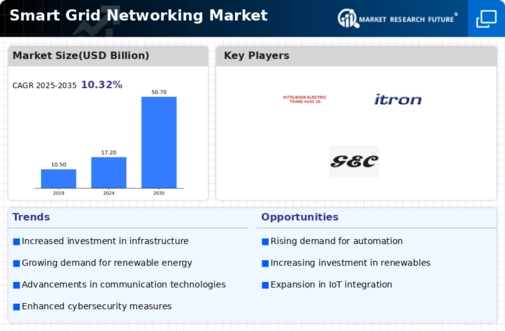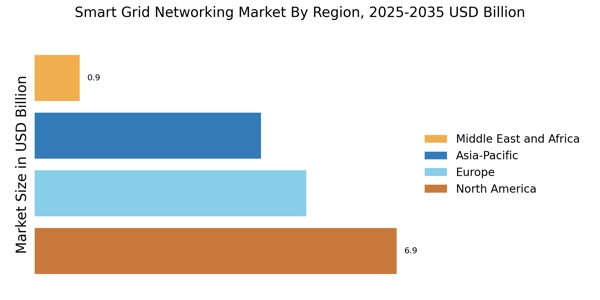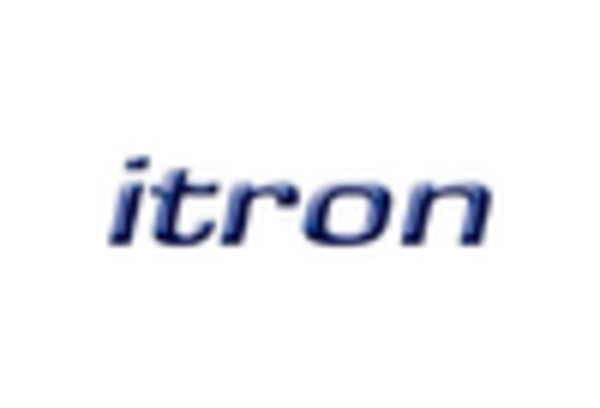In a report that was published in December 2023, ISGAN (International Smart Grid Action Network) started some new initiatives to enhance the global smart grids. A new 'Lighthouse Project' titled “Electricity network planning and implementation under uncertainty for the clean energy transition: The roles of smart distribution grids in energy systems" is meant to create stronger links between six groups within Networks concerned with smart distribution grids.
Schneider Electric acquired DC Systems BV, one of the leading suppliers of intelligent systems, in January 2021. Through this acquisition, Schneider Electric has been able to drive innovation in electrical distribution and smart grid spaces.
A partnership between GE Renewable Energy and Ccalpine saw the Santa Ana storage project located in Southern California completed by July 2021. This project will be able to feed up to twelve thousand homes during peak events or twenty-four thousand households at a typical load.
Siemens Limited and Tata Power Delhi Distribution Limited (Tata Power-DDL) have successfully deployed Smart Metering Technology for more than two hundred thousand smart meters in North Delhi in August 2021.
Schneider Electric acquired DC Systems BV, one of the largest providers of intelligent systems, in November 2021. Thus, it promoted its innovations regarding electric distribution.
The Versant Power company deployed Itron's AMI solution across its service territory for data management, analytics, and grid performance enhancement, as well as increased operational efficiency and better customer experience in January 2021.In addition,Itron's intelligently connected network supported by high-performance endpoints equip the utility with superior capability of outage management and serve as a basis for future consumer programs.
Siemens Energy introduced an enhanced Unified Power Flow Controller (UPFC) PLUS variety offering wider choices for stabilizing the grid system during September 2020. The UPFC PLUS assists system operators in grid stabilization as they can dynamically control the load flow in AC grids.
Energy Efficiency Services Limited (EESL), a joint venture of four public sector enterprises under the Union Ministry of Power of India, has announced an investment plan of INR 2,700 crore for the smart meter project in Uttar Pradesh, India during August 2019. Consequently, EESL is expected to install four million electricity meters on the premises of state power consumers within three years from 2019 to 2022 under this ambitious program.
With digital capabilities integrated into it, ABB introduced a digital integrated power transformer in April 2018. These digital functions enhance reliability and efficient utilization of grid assets and power networks.


















Leave a Comment